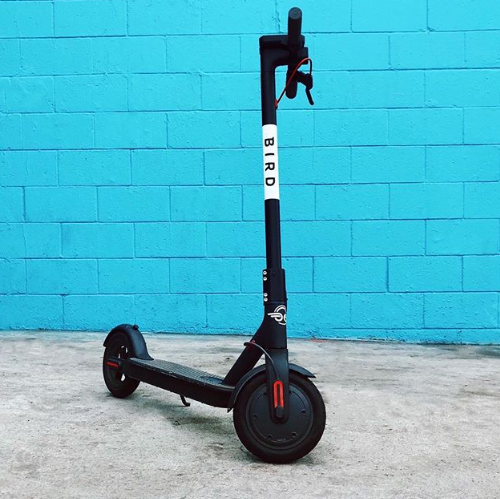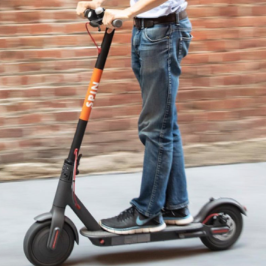The YOUtrition Project
Hi my name is Katie and I am the founder of the YOUtrition Project. The YOUtrition project aims to solve the problem of obesity by teaching people healthy food habits, while providing them access to healthy produce.
I came up with this idea because I am passionate about studying health and I am minoring in healthcare studies. I have read that obesity is currently the number one cause of heart disease. Heart disease is a devastating disease that kills 1 in 4 people! My mission is to decrease this number by teaching people how to lead a healthier lifestyle.
With the YOUtrition project, we want to create an atmosphere in which people go through an education program that teaches them how to read nutrition labels, how to create a meal plan, and how to balance a healthy diet. Thus, teaching them the skills to take care of their bodies. After that, we provide these individuals access to the YOUtrition garden, where we grow healthy, organic produce. The garden working in a where where if you give, you receive. The participants are asked to contribute 30 minutes of work per piece of produce they want to take out. They contribute by planting seeds, watering, or harvesting. Essentially, the idea is to teach people healthy eating habits while showing them how to grow their own healthy food, and providing them access to otherwise expensive produce items.
Anima Mundi Development Partners should support my organization so that we can work to help people lead healthier lives by educating them on nutrition and providing them access to healthy produce. We need to work together to help people live longer, happier lives. By creating healthy habits we can reduce the problem of worldwide obesity, and support YOUtrition!

_0.jpg?itok=05SBEb5E)















